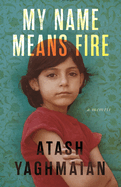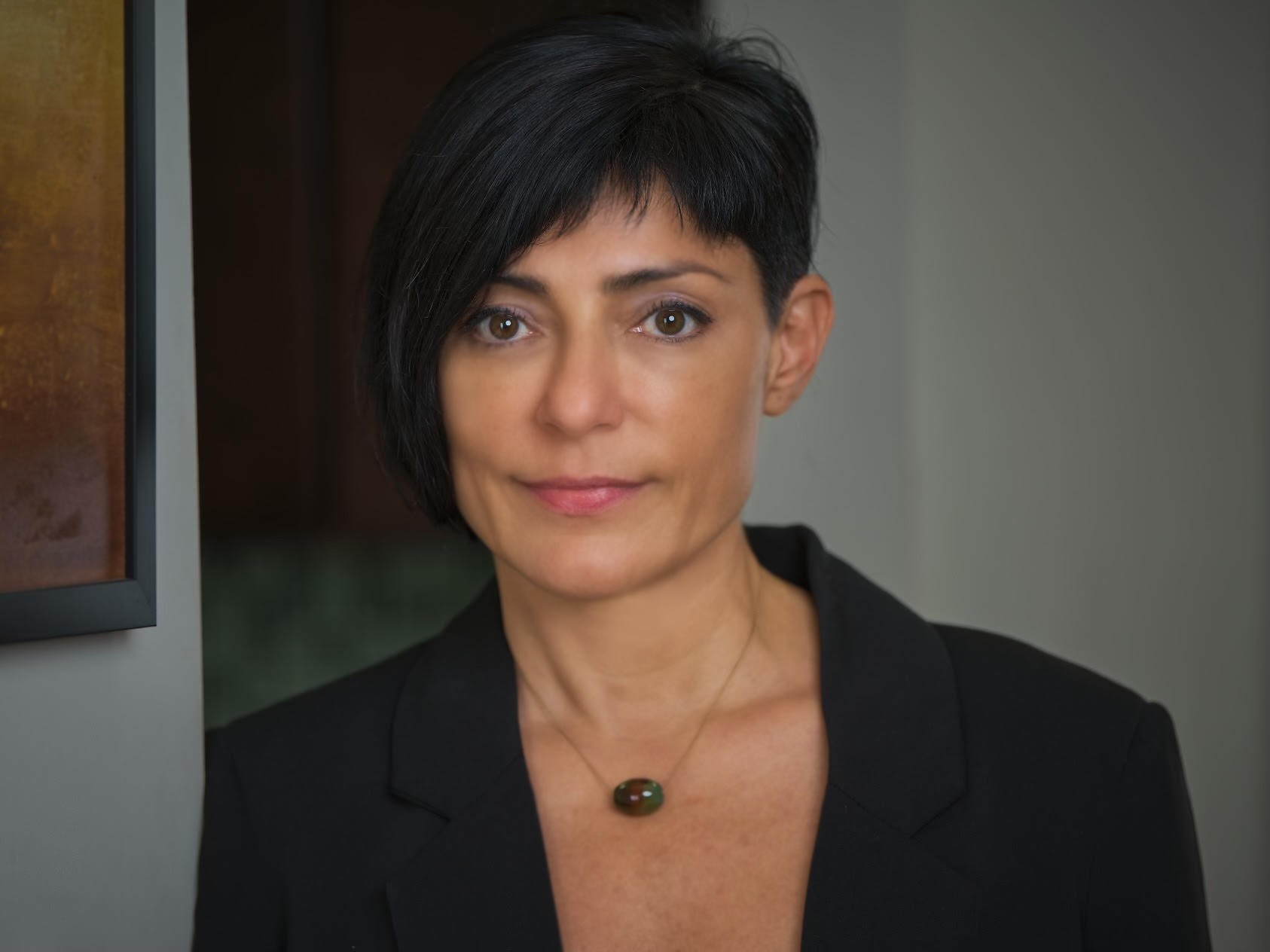My Name Means Fire
by Atash Yaghmaian
Atash Yaghmaian's transformative memoir, My Name Means Fire, answers a question she often hears: "But how did you survive?" To endure a childhood defined by horrific experiences, she "left reality. Just like that." She later learned her coping mechanism had a name, dissociative identity disorder (DID), tainted with stigma and judgment. "I've heard many colleagues say that people like me are 'too crazy' or 'too hopeless' to treat rather than seeing dissociation as the lifesaver it can be and has been for me." After years of experience as a therapist in New York City, she ferociously challenges that stifling perception: "Through the many trauma survivors I've worked with, I've come to see the blessing in dissociation and am determined to tell my story now in order to give hope to others."
Yaghmaian's family, even before her birth, began with alarming circumstances: when her father--"a scrawny young man"--sent his own mother with a marriage proposal to Atash's mother (whose beauty was legendary), she immediately refused him because "she knew she could do better." But when her rejection led to his attempted suicide, she relented and married him as soon as he recovered. "What might have been a red flag for some was exactly the sign she was waiting for: a man who would give his life for her." First, they had a son. When her mother became pregnant with Yaghmaian, her energy seemed boundless: "People used to come up to him and say, 'There's a fire in your wife's belly,' and so my father called me 'Atash,' which means fire in Persian."
Their union ended before her first birthday. Her mother blamed Atash: "Fire has a spirit.... With that name, you brought a spirit into my life, one that burned my marriage." After the divorce, her mother returned home to her own mother, Maman Bozorg, who became caretaker for Yaghmaian and her brother. Maman thought nothing of tying the siblings to their beds whenever she needed to leave: "This is what my mother did to me when I was your age and what I did to your mother." That early pattern of psychological and physical abuse never relented, while Atash grew up during the Iranian Revolution, then the eight-year Iran-Iraq War, amid ongoing danger, violence, and destruction. And yet, for the young girl, home proved far more dangerous. Sexual abuse began at age five. At seven, Maman Bozorg's cousin, "a very well-respected religious leader" referred to as "the saint," viciously raped her. Other sexual predators targeted her, including the boy next door and her own stepfather.
Her beloved Uncle Hossain, who was both her protector and sometime babysitter, taught her "everything about how to prepare heroin" by age nine. At the end of elementary school, bullies called her "ugly Terhani" and threw rocks as big as grapefruits at her, landing her in the hospital. Her own mother regularly made her ill, trapping her in a cycle of Munchausen syndrome by proxy: she recalled a memory of having worms because her mother fed her "dog shit. On [her] china plates." Her mother reacted: "I know you always had an imaginative mind.... You were always a strange, mean child, trying to get your mother in trouble. It was so long ago too. You need to let it go."
Let go and leave is exactly what Yaghmaian did from her earliest years by disassociating to escape terror and torture. She moved into a refuge in her mind. "When I first came to the House of Stone, the housekeepers brought me a wooden box and told me to put my memories into it... I put in a few memories of being hurt by people who were supposed to love me. I took some old screams from out of my throat and slid them into the dark, warm box. It felt like a relief to put them away." Distinct personalities emerged, each "called only by their favorite colors," each a distinct being separate from Yaghmaian. Each of her nine colorful selves help her live.
Alternating between narrating her "outer life," Yaghmaian structures her memoir to give her other selves the chance to introduce and share their own stories. Little girl Red is the first guide to the House of Stone. Inside the House, "real boy" Blue gets to "look like [himself]." Orange, the oldest girl, "take[s] care of the others." Green tends the garden where she can create any manner of antidotal teas. Gray is "ready to kill any motherfucker who tries to get inside these walls." Black emerges as the leader they all need. Her "magical forest... was [her] salvation," but to be "truly free," Yaghmaian "had to leave [her] family, the House, and Iran for good." After escaping Iran, she lands at JFK alone at 19. Although burdened with the prospect of an arranged marriage, she heads out "toward the life I knew I was going to have to build myself."
Yaghmaian is an open, forthright writer without screens or artifice. Perhaps because she composes in a second language, eschewing her native Farsi, Yaghmaian's prose carries a fierce directness. That the book took 12 years to complete speaks to her tenacity and determination to help others: "Many people with our condition end up killing themselves.... We wrote this book for them, and for all who are ready to heal their childhood traumas." Transparently, resolutely, Atash Yaghmaian channels the power of her fiery name to illuminate a path toward hope and healing. --Terry Hong



